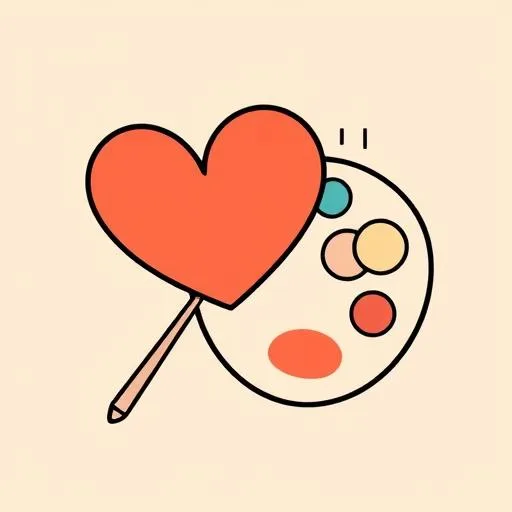Have you ever watched a video and thought, “Something feels a little off”? Not bad, but just… not quite real? With AI tools creating images and videos at lightning speed, we’re entering a fascinating era where technology and creativity blur together. And now, platforms are starting to set some important boundaries—most notably YouTube’s new rule requiring creators to label AI-generated content. My daughter recently came home from school talking about how she “taught” a computer to draw pictures just like hers and asked if that meant she wasn’t the real artist anymore. It got me thinking about how we help our kids—and ourselves—navigate this brave new world where machines can mimic human creativity.
Understanding the New AI Video Regulations: Transparency in a World of AI-Powered Media
With platforms sharpening their guidelines around AI-generated content, creators face exciting opportunities alongside new responsibilities. Simply put, YouTube’s rules clarify that creators must indicate when their videos contain realistic altered or synthetic material. This means checking a box during upload if your content features AI-generated images, deepfakes, or synthetic voices that might be mistaken for reality. As Creative Bloq puts it, “The real opportunity is in using AI as a sidekick, not a replacement.” These new labeling options specifically target content that:
- Realistically depicts events that never happened
- Shows people saying or doing things they didn’t actually do
- Uses AI to generate faces or voices of identifiable individuals
For certain sensitive topics like elections, disasters, and conflicts, YouTube plans to apply even more prominent labels directly on the video player.
Why? Because there’s growing recognition that these powerful technologies can potentially mislead viewers if they’re unaware of the content’s synthetic nature. This understanding—that AI should enhance rather than replace human creativity—holds the key to navigating these changing times. Research has shown us that viewers value authenticity and transparency. When we open the curtain on how content is created, it builds trust rather than diminishing its impact. Think about it like cooking with special ingredients—nobody wants hidden allergens, right? The same principle applies here.
Creative Authenticity: Your Superpower in the Age of AI

Psychologist Mark A. Runco defines creativity as ideas that are both original and effective. By that standard, leaning too heavily on AI risks stripping creators of the very thing that makes them creative. My daughter wanted to know if a computer could truly be an artist if it was just copying patterns rather than experiencing the world. This brings us to a crucial point: in creative video work, quality trumps efficiency. While AI might generate content faster, it’s the human touch—the emotional connection, the unique perspective, the authentic storytelling—that truly resonates with audiences.
Think about it like this: my daughter has been spending time building simple structures with blocks. A computer can analyze thousands of buildings and generate “new” designs, but my daughter’s structure represents her understanding of balance, her tiny victories in seeing her vision come to life, and her pure joy in creating something with her own hands. That authenticity? That’s what viewers connect with. Sound familiar? The same principle applies to video creators. AI can give you a head start, but it should never dictate the full story. That’s what will separate creators who endure from those who will be impacted by regulations.
But here’s what keeps me up at night: How do we preserve that spark of human creativity while embracing tools? When we approach AI tools with a mindset that enhances rather than replaces human creativity, we find our competitive advantage and our ethical compass at the same time. That said, embracing AI wisely doesn’t mean rejecting it outright. The most innovative creators will likely be those who understand how to leverage these tools while maintaining their unique creative voice. I’ve seen my daughter’s creative confidence bloom when technology helps her explore new art techniques rather than simply doing the work for her.
